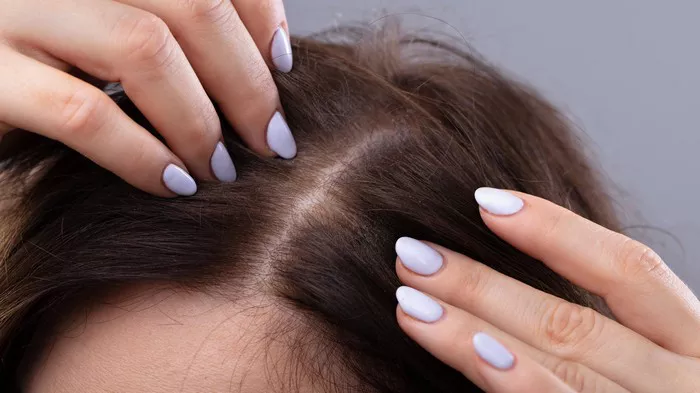Undergoing a hair transplant surgery is an important decision for individuals seeking to restore their hairline and regain confidence. After the procedure, it is natural to wonder when you can resume your regular exercise routine. In this comprehensive guide, we will explore the factors to consider, the healing process, and provide guidelines on when you can safely start exercising after a hair transplant. Additionally, we will discuss nurturing techniques to ensure the softness and silkiness of your newly transplanted hair. By following these guidelines, individuals can make informed decisions regarding exercise and promote the optimal healing of their transplanted hair.
Understanding Hair Transplant Surgery
Hair transplant surgery is a cosmetic procedure designed to address hair loss by transplanting healthy hair follicles from donor areas to areas of thinning or baldness. There are two primary methods: follicular unit transplantation (FUT) and follicular unit extraction (FUE). Both techniques involve extracting individual hair follicles from the donor area and implanting them into the recipient area.
The Healing Process: Why Exercise Timing Matters
After a hair transplant, the newly transplanted hair follicles require time to establish a blood supply and anchor themselves in the recipient area. The healing process plays a crucial role in the success of the transplant, and following proper post-operative guidelines is essential.
Exercise can impact the healing process due to increased blood flow, sweating, and physical exertion. Premature or intense exercise can disrupt the delicate transplanted follicles and potentially compromise their survival. It is crucial to understand the recommended timeframe for exercise to ensure optimal results.
Post-Transplant Exercise Guidelines
The timing for resuming exercise after a hair transplant can vary depending on individual factors and the specific instructions provided by your hair transplant surgeon. Generally, it is advisable to follow these guidelines:
Initial Rest Period:
Immediately after the hair transplant surgery, it is essential to allow your body to recover. During this initial period, it is recommended to avoid any strenuous physical activity, including exercise. Follow your surgeon’s specific instructions regarding rest and post-operative care.
Gradual Return to Exercise:
Typically, you can begin light exercises, such as walking or gentle stretching, within the first week after the procedure. However, it is crucial to avoid activities that cause excessive sweating, jarring movements, or direct pressure on the transplanted area.
Intensity and Impact:
As the healing progresses, gradually increase the intensity of your exercise routine. Resume activities such as jogging, cycling, or weightlifting only when your surgeon gives the green light. Be cautious and listen to your body to avoid straining or causing trauma to the transplanted hair follicles.
Protecting the Transplanted Area:
During exercise, it is vital to protect the transplanted area from excessive friction, pressure, or trauma. Consider wearing a loose-fitting hat or headband to prevent direct contact with the transplanted hair and minimize the risk of dislodging grafts.
Always consult with your hair transplant surgeon for personalized advice regarding exercise and follow their specific recommendations based on your individual healing progress.
Nurturing Transplanted Hair for Softness and Silkiness
In addition to exercise guidelines, nurturing your transplanted hair is crucial for achieving softness and silkiness. Here are some nurturing techniques to consider:
Gentle Hair Care Routine:
Follow a gentle hair care routine, using mild shampoos and conditioners recommended by your surgeon. Avoid excessive rubbing or scratching of the scalp during washing and drying.
Scalp Massage:
Gently massage your scalp using your fingertips to promote blood circulation to the hair follicles. However, be careful not to apply excessive pressure or rub the transplanted area directly.
Nutrient-Rich Diet:
Maintain a balanced diet rich in vitamins, minerals, and proteins to support the overall health of your hair. Adequate nutrition plays a vital role in the growth and quality of your transplanted hair.
Avoid Smoking and Alcohol:
Smoking and excessive alcohol consumption can negatively impact hair growth and overall hair health. Consider quitting smoking and moderating alcohol intake to support the growth of your transplanted hair.
Conclusion:
Knowing when to start exercising after a hair transplant is essential for the successful healing and growth of transplanted hair. While specific guidelines may vary, it is crucial to allow sufficient time for the transplanted hair follicles to establish and anchor themselves. Following your surgeon’s recommendations and gradually reintroducing exercise is key. Alongside exercise, nurturing your transplanted hair through a gentle hair care routine, scalp massage, a nutrient-rich diet, and a healthy lifestyle can contribute to the softness and silkiness of your transplanted hair. Remember, patience and adherence to post-operative instructions are vital for achieving the desired results.


